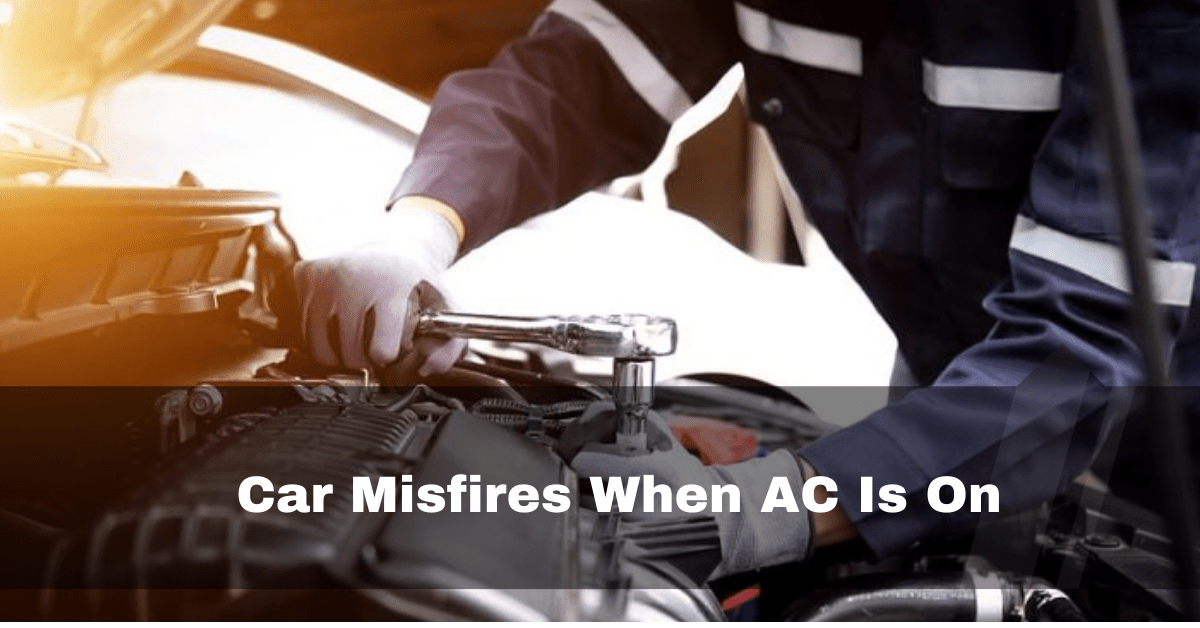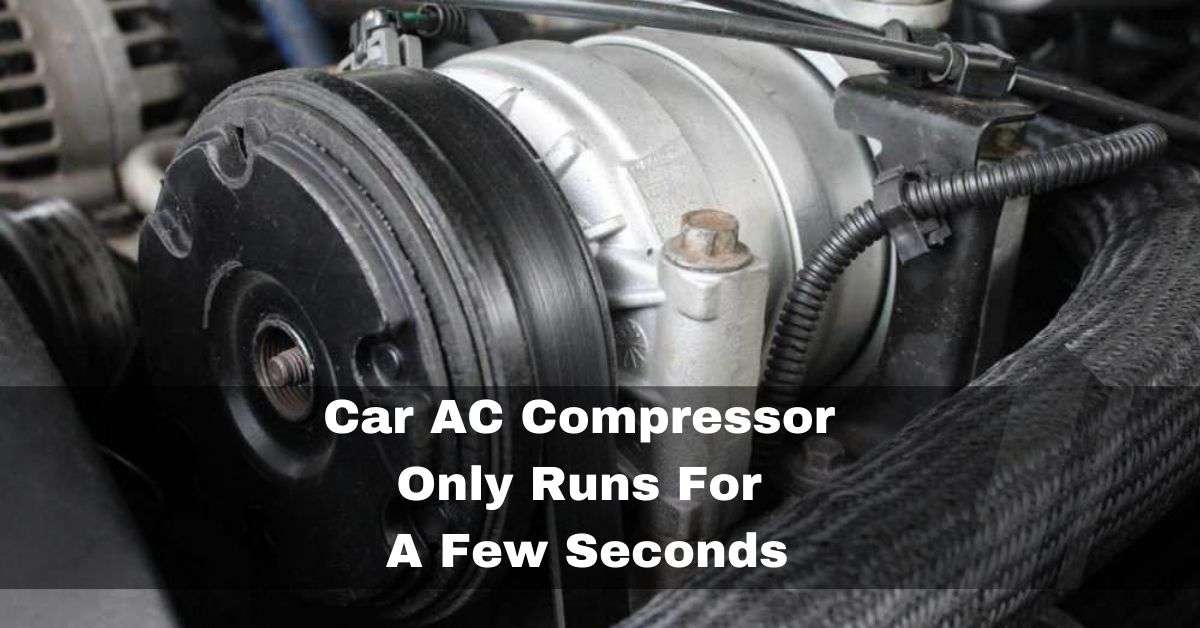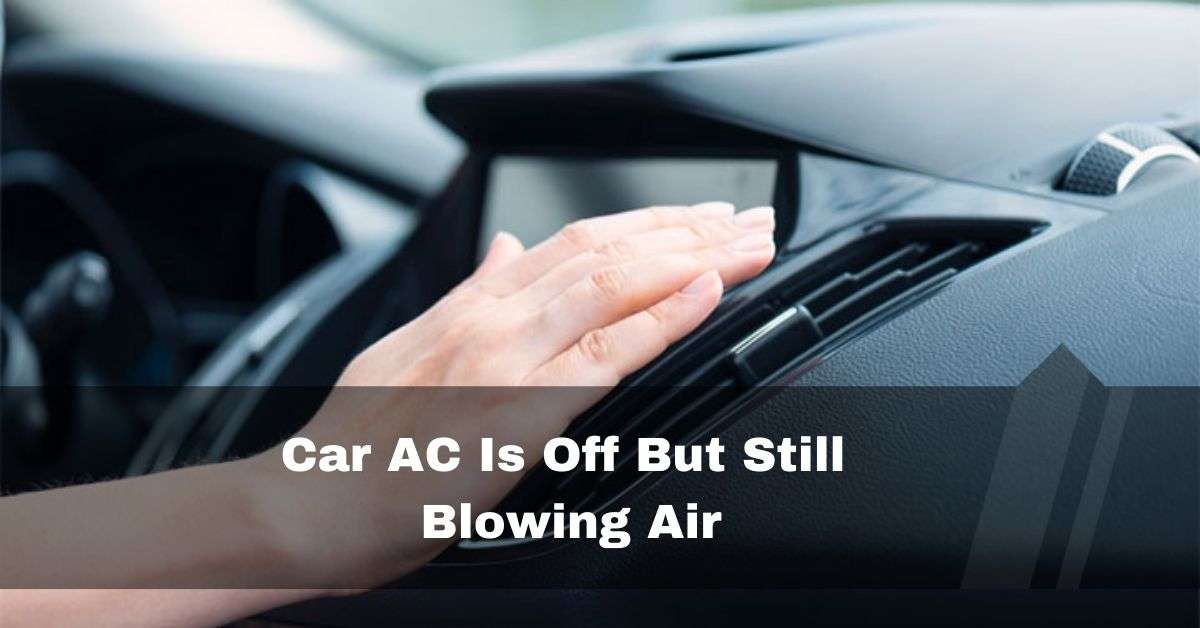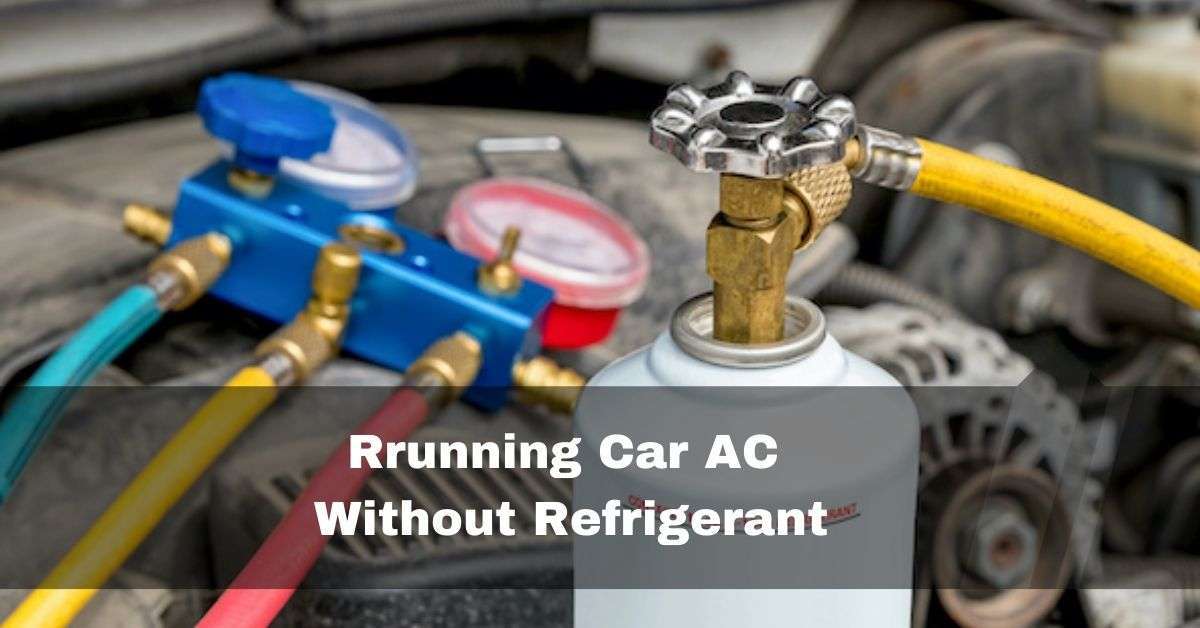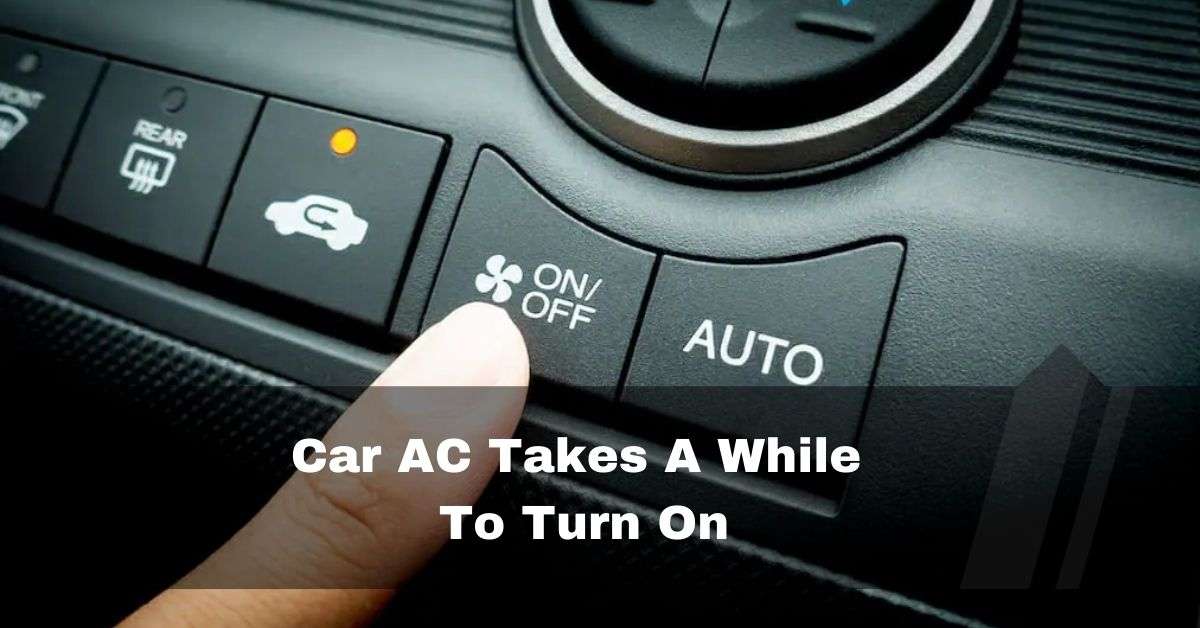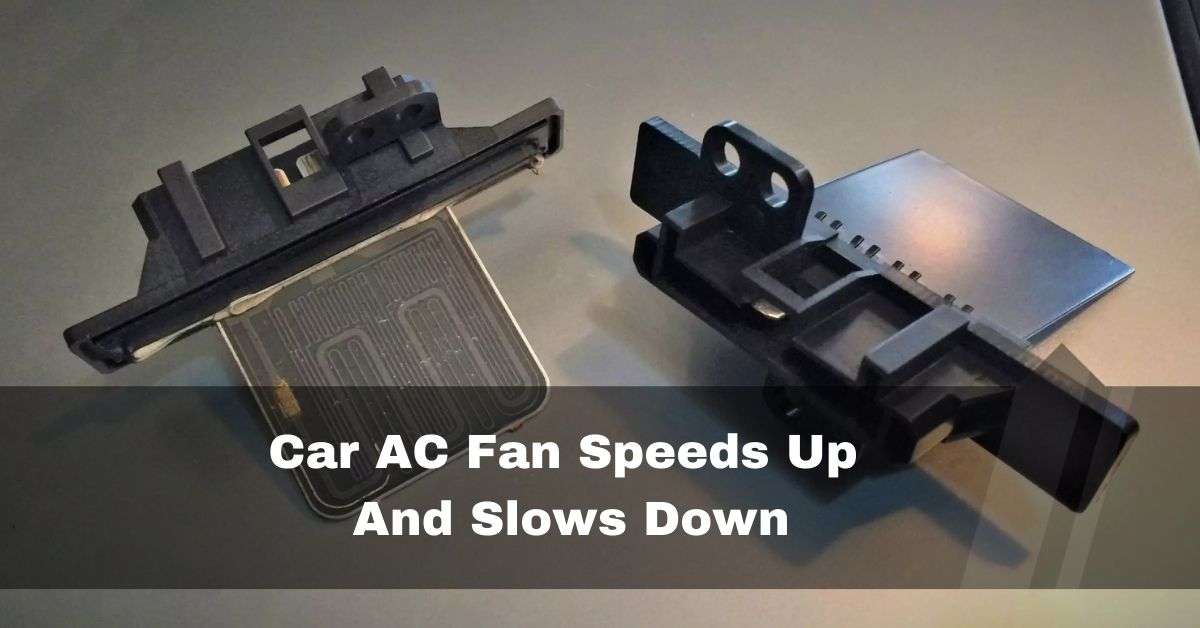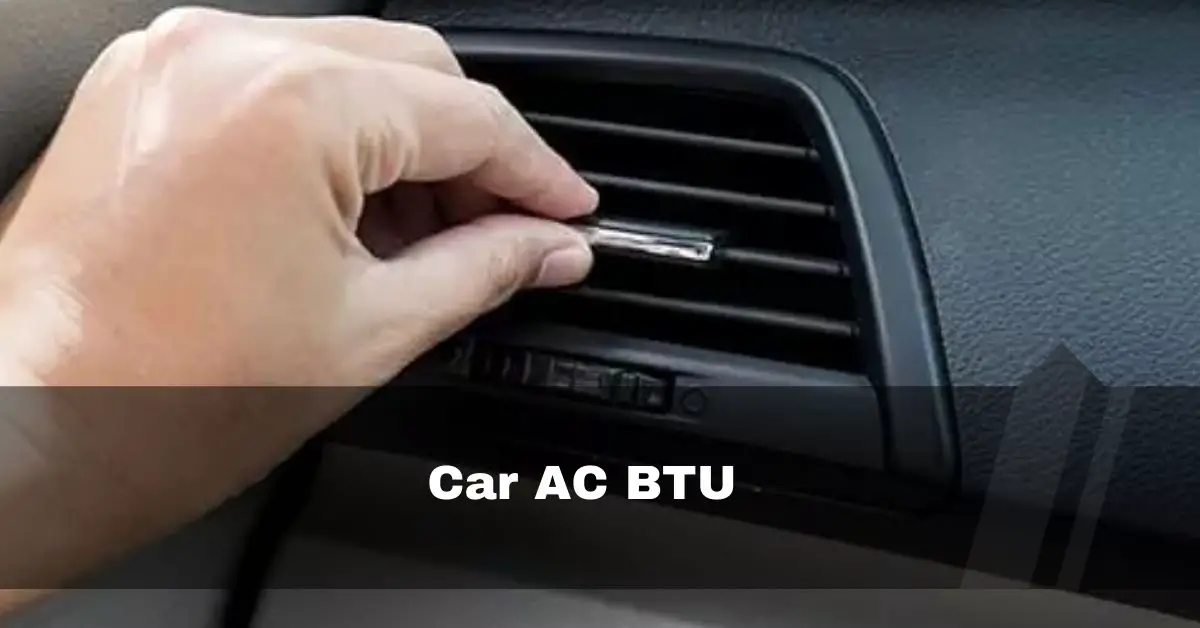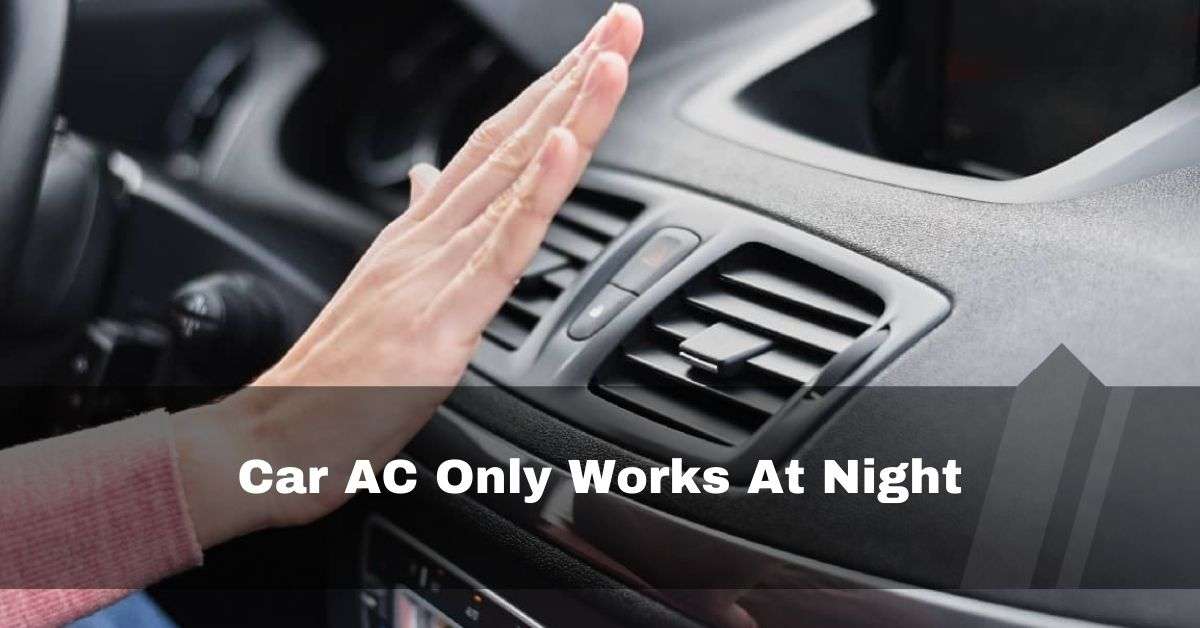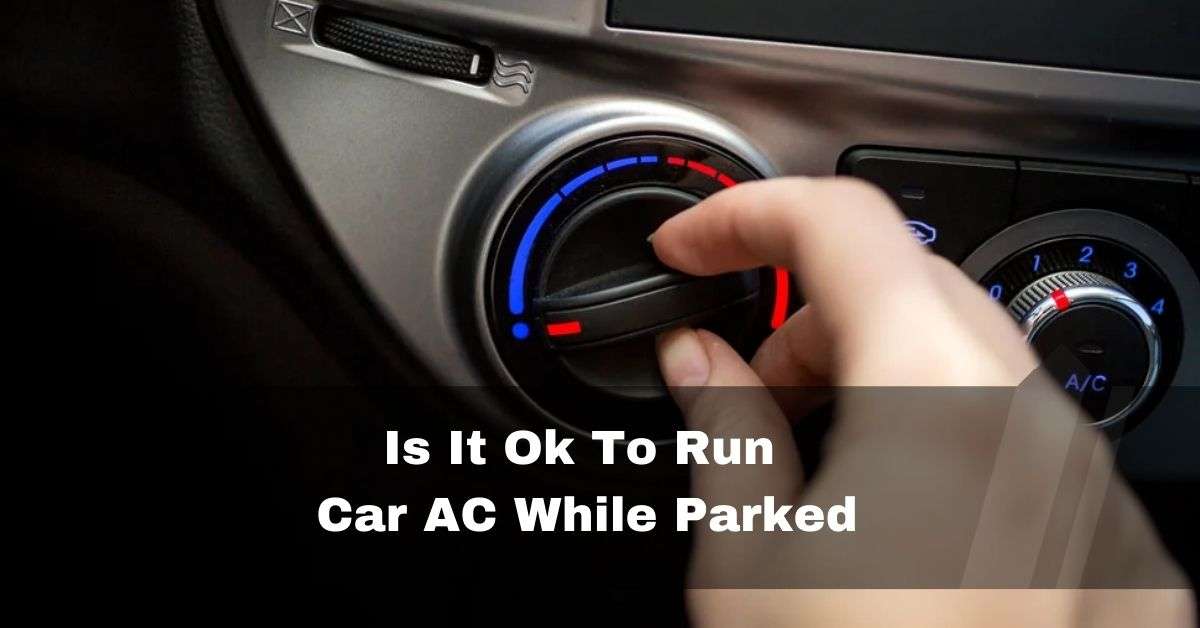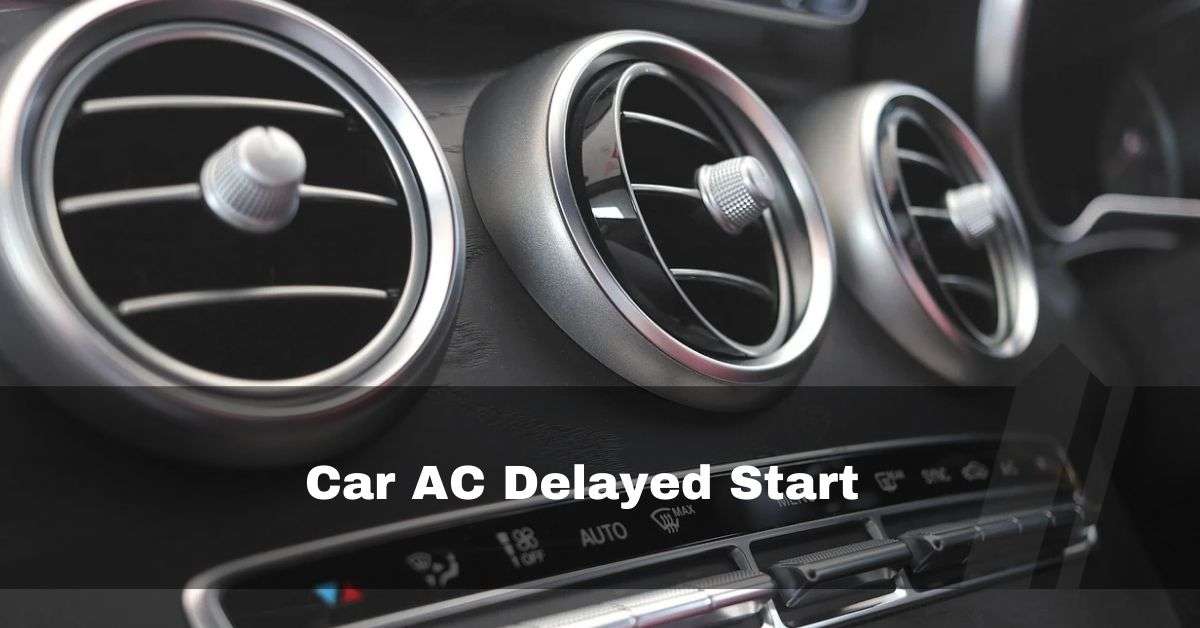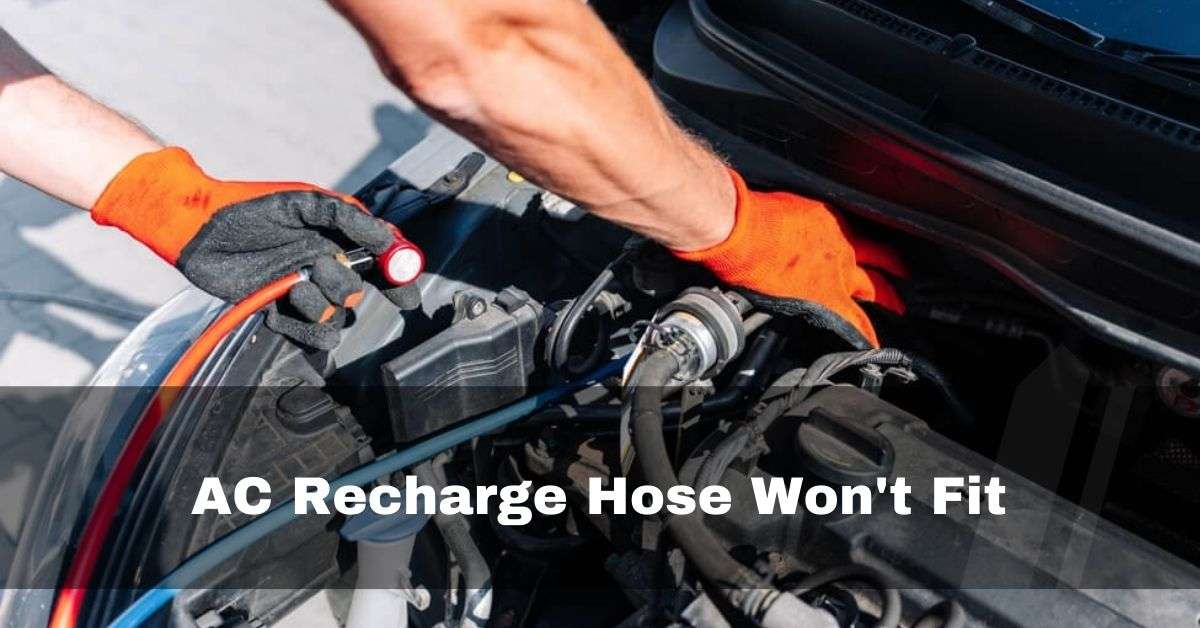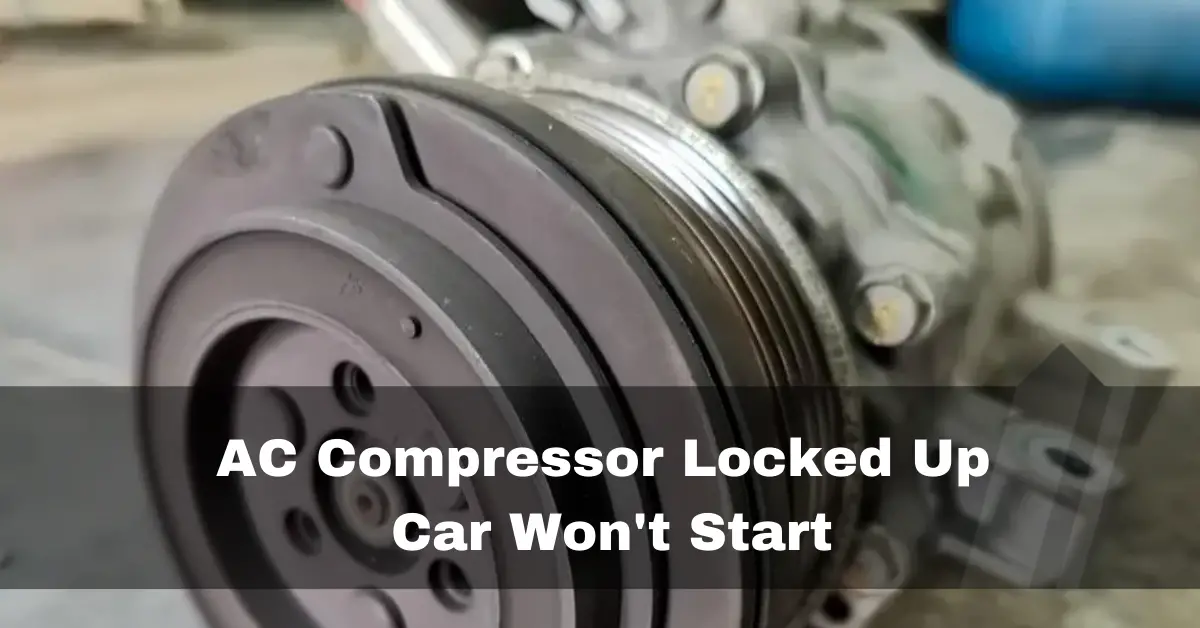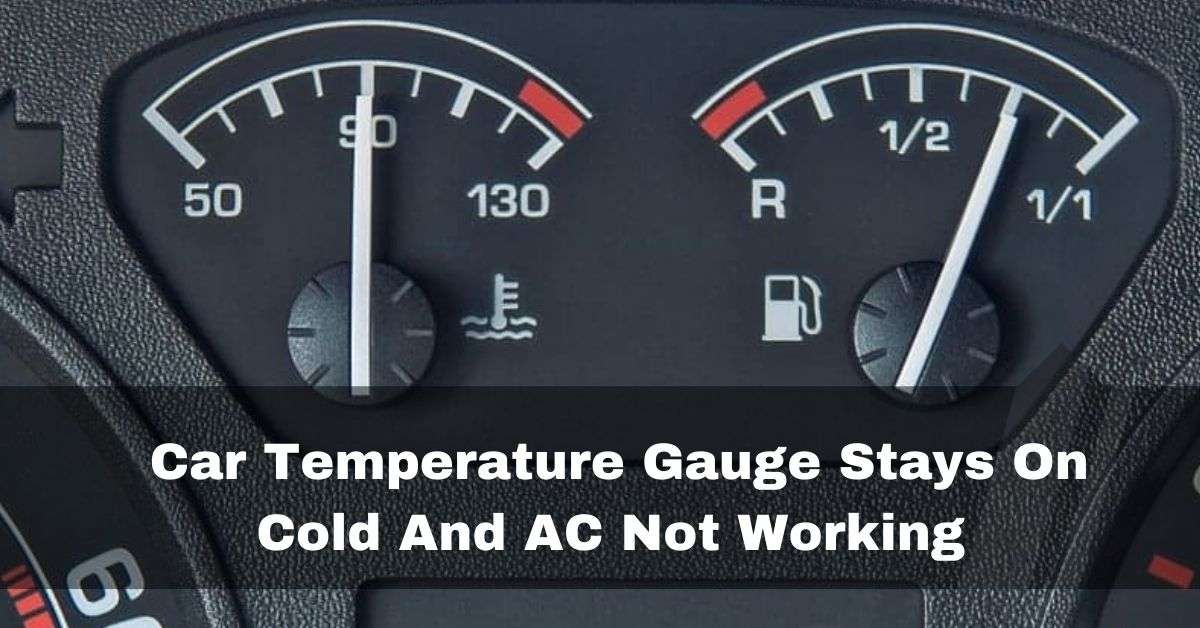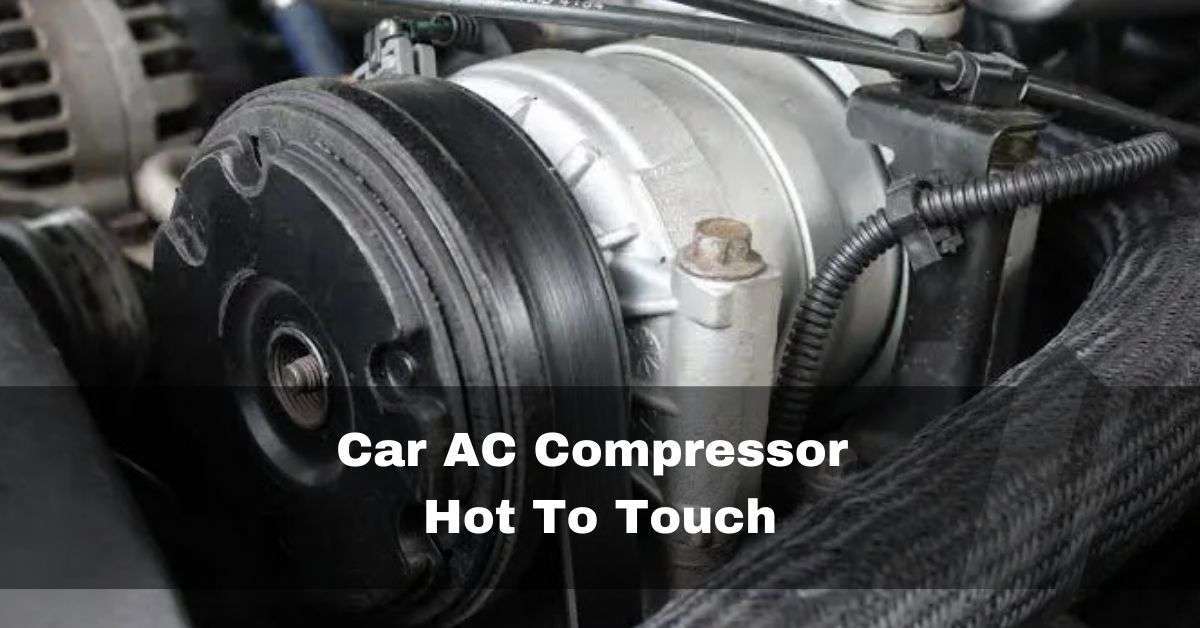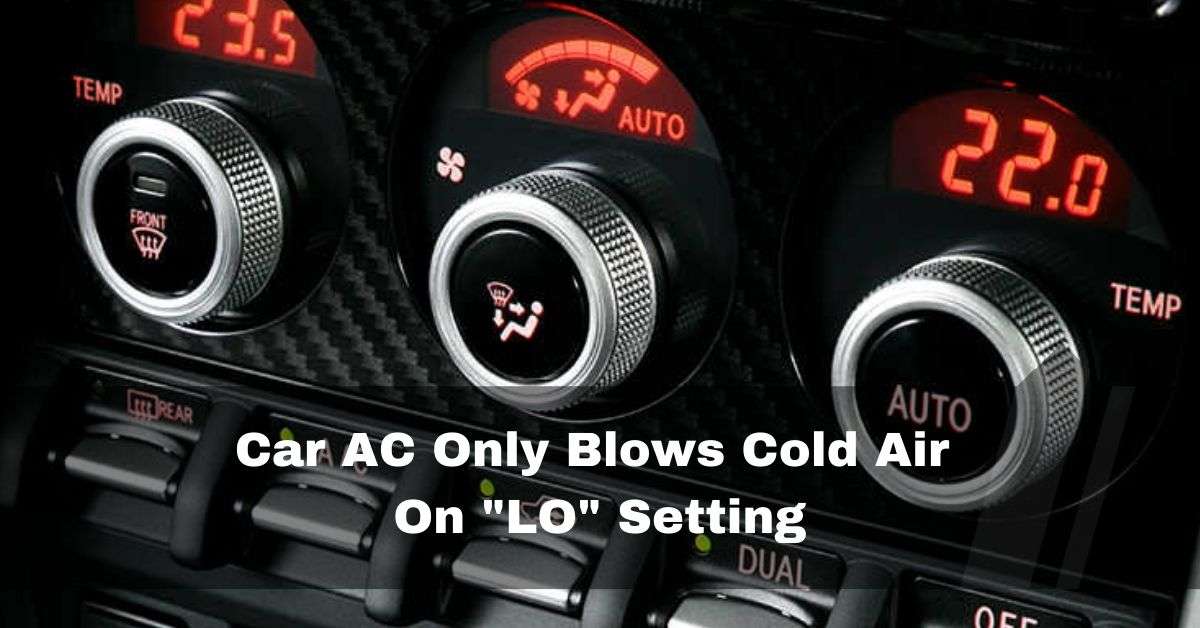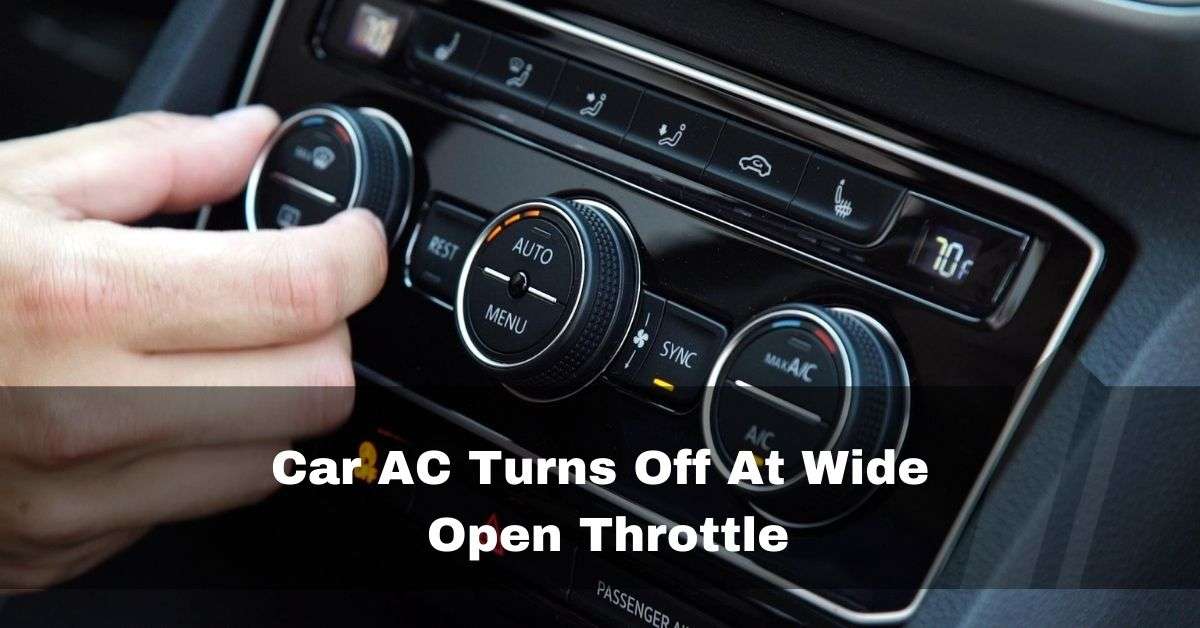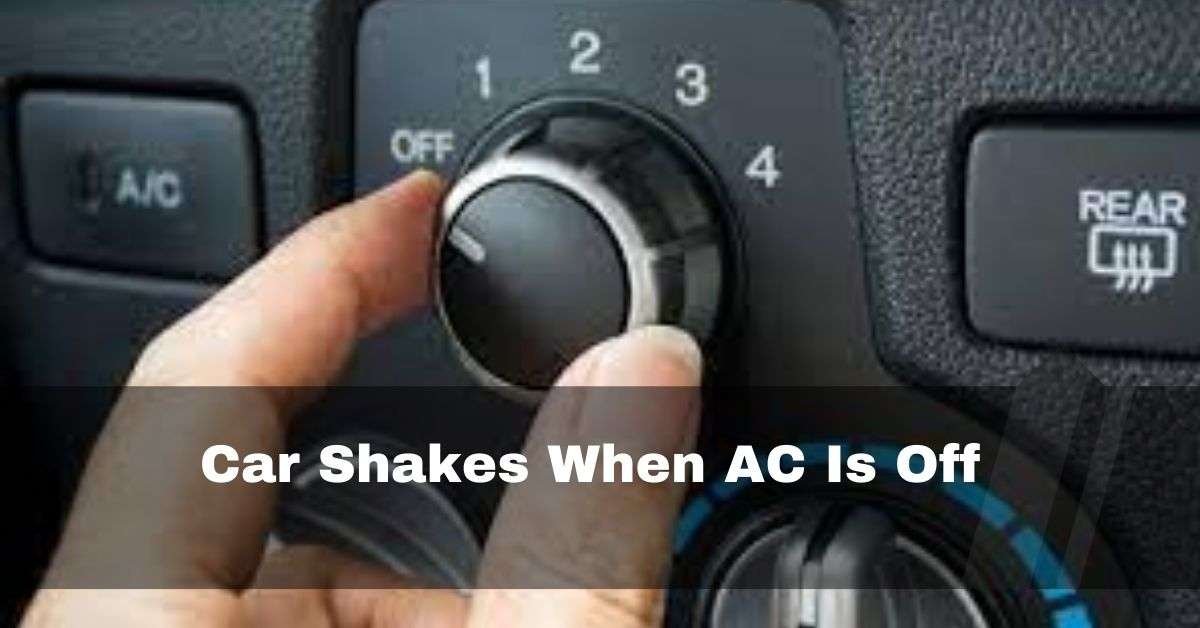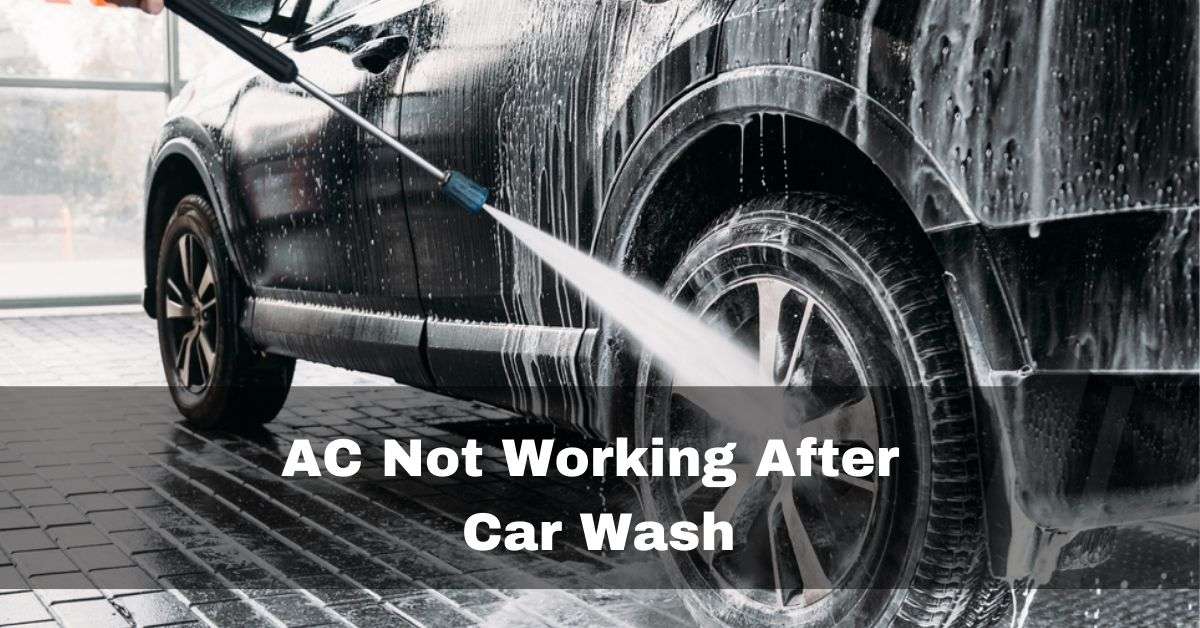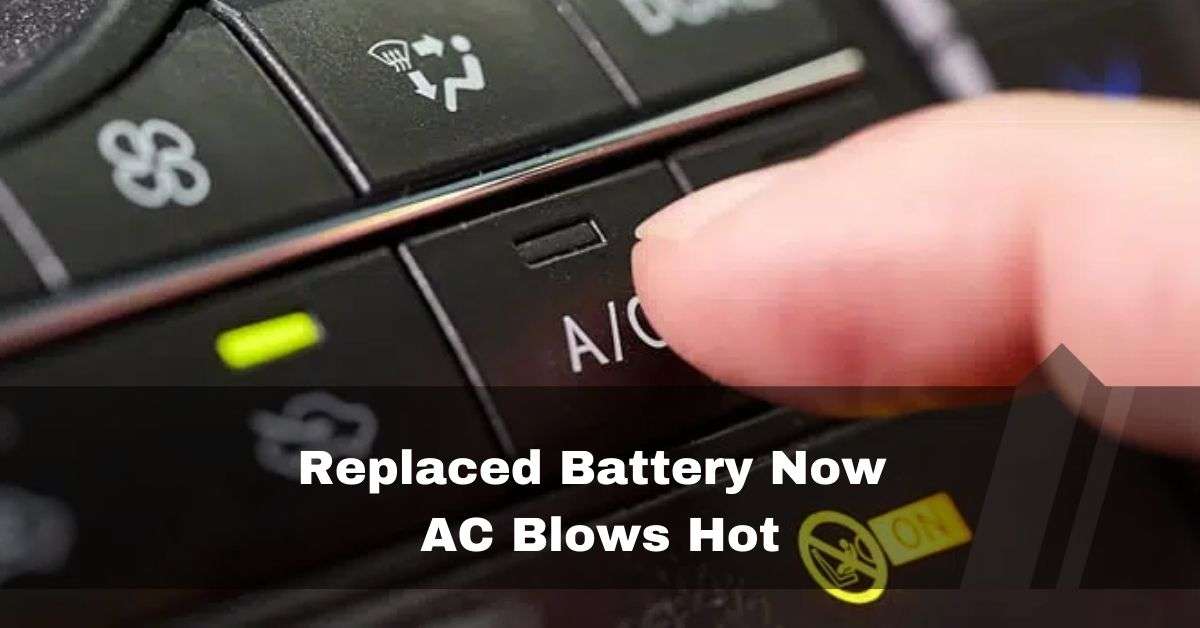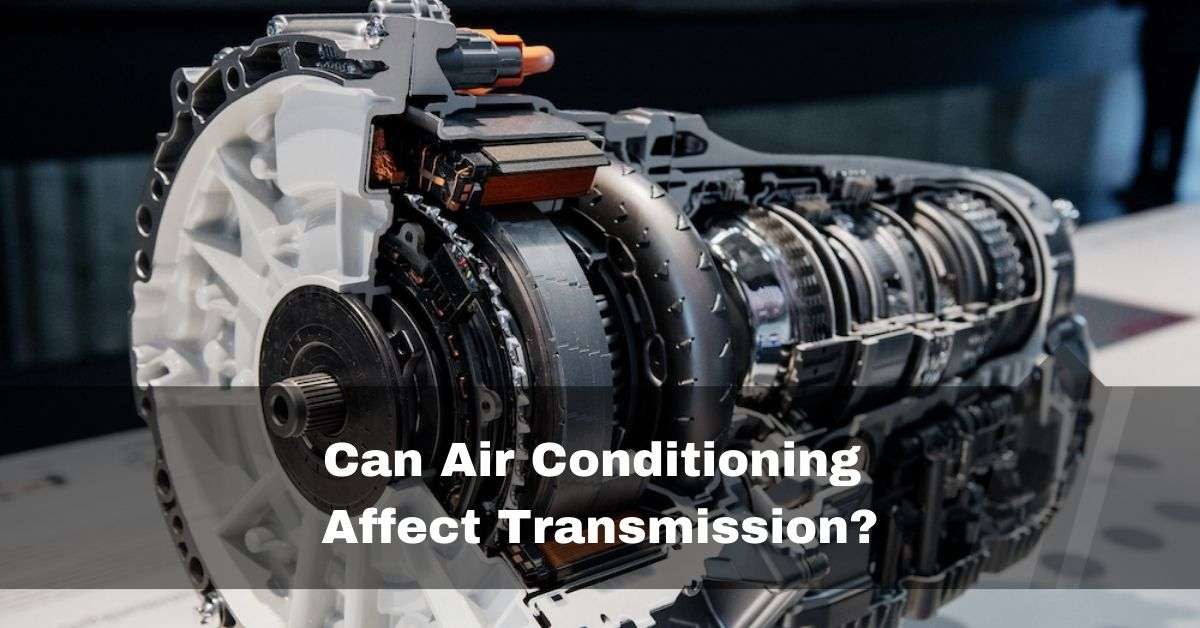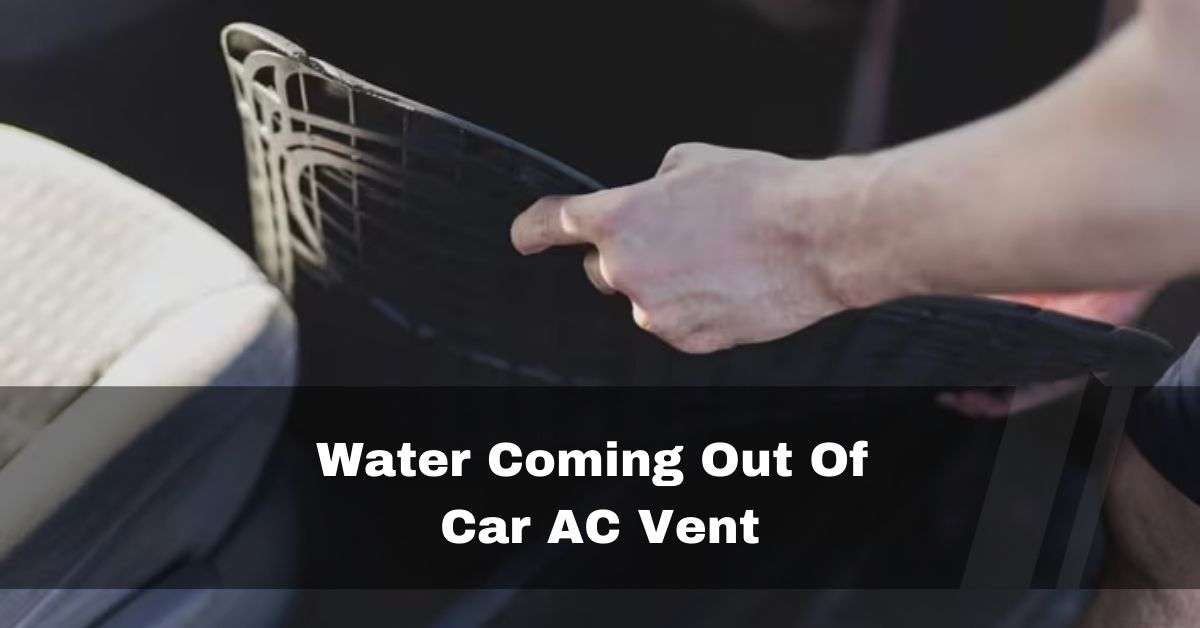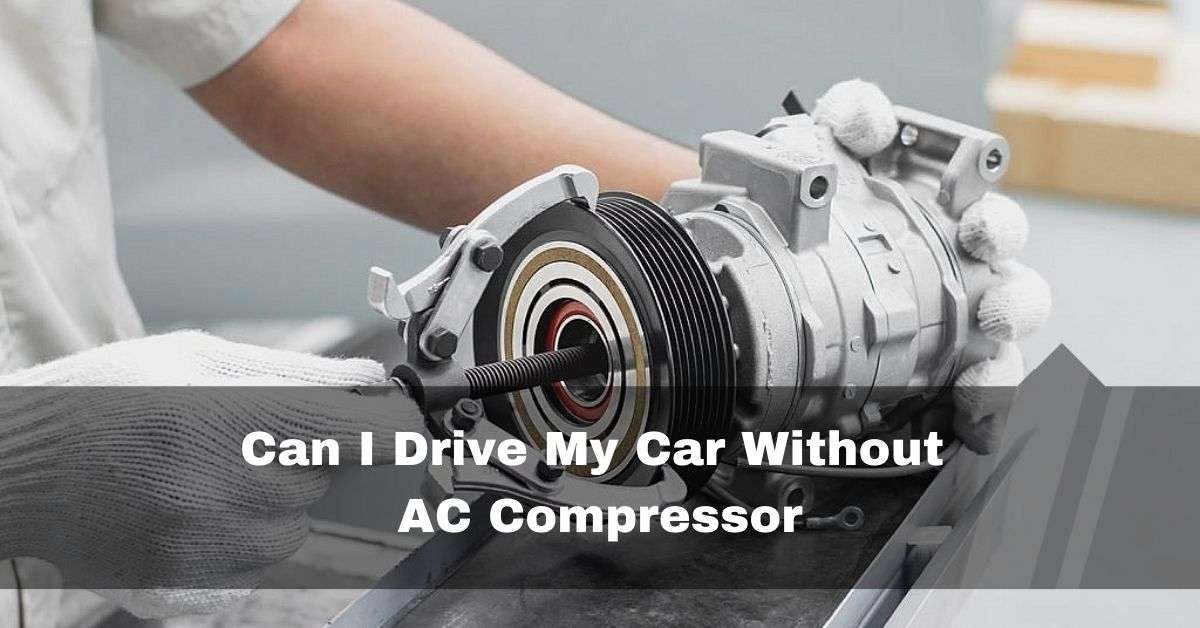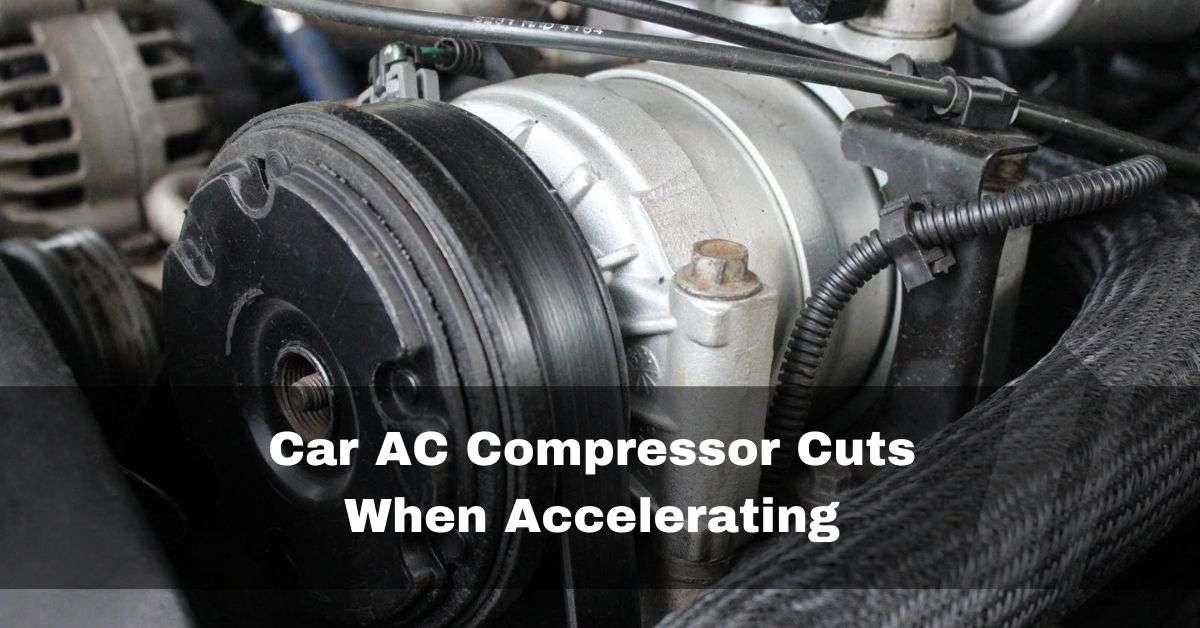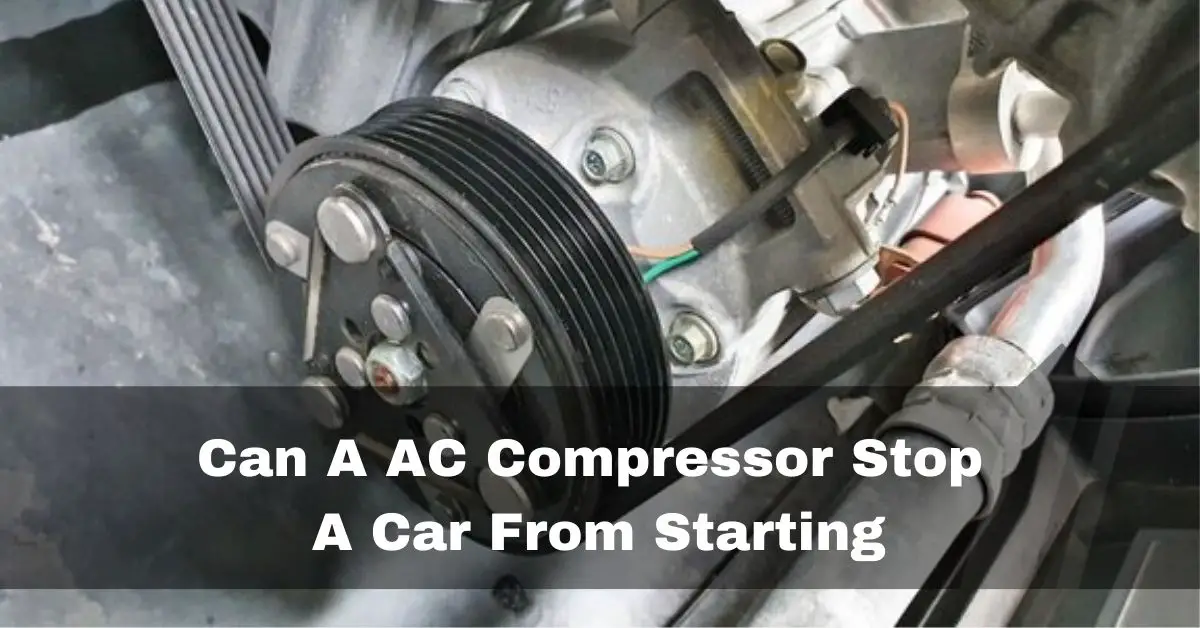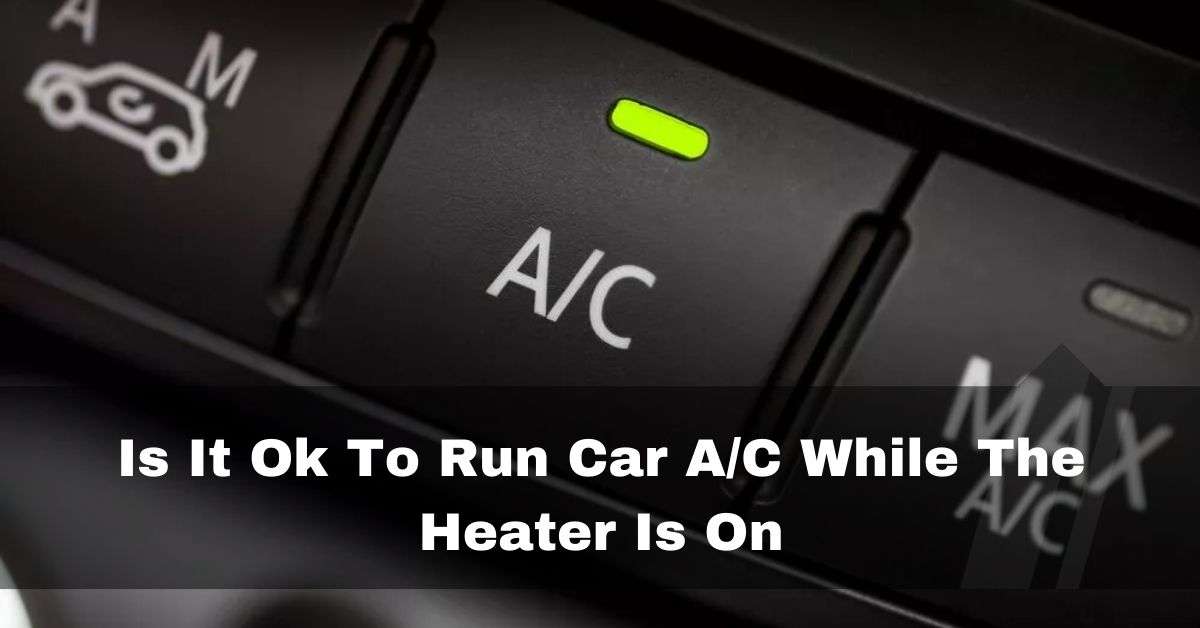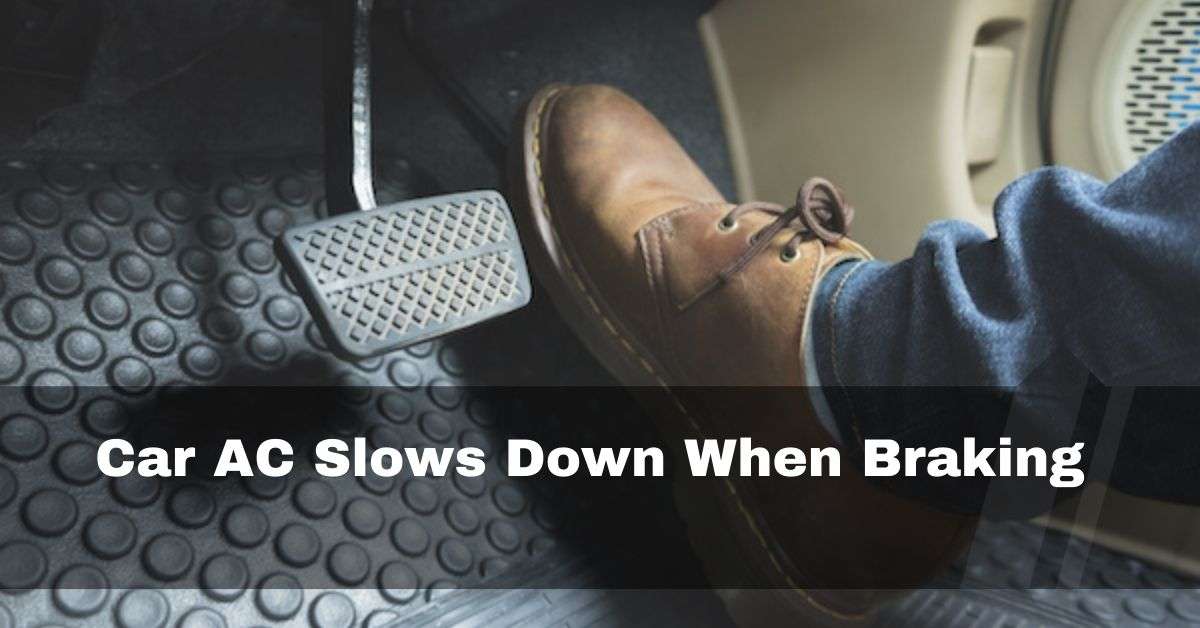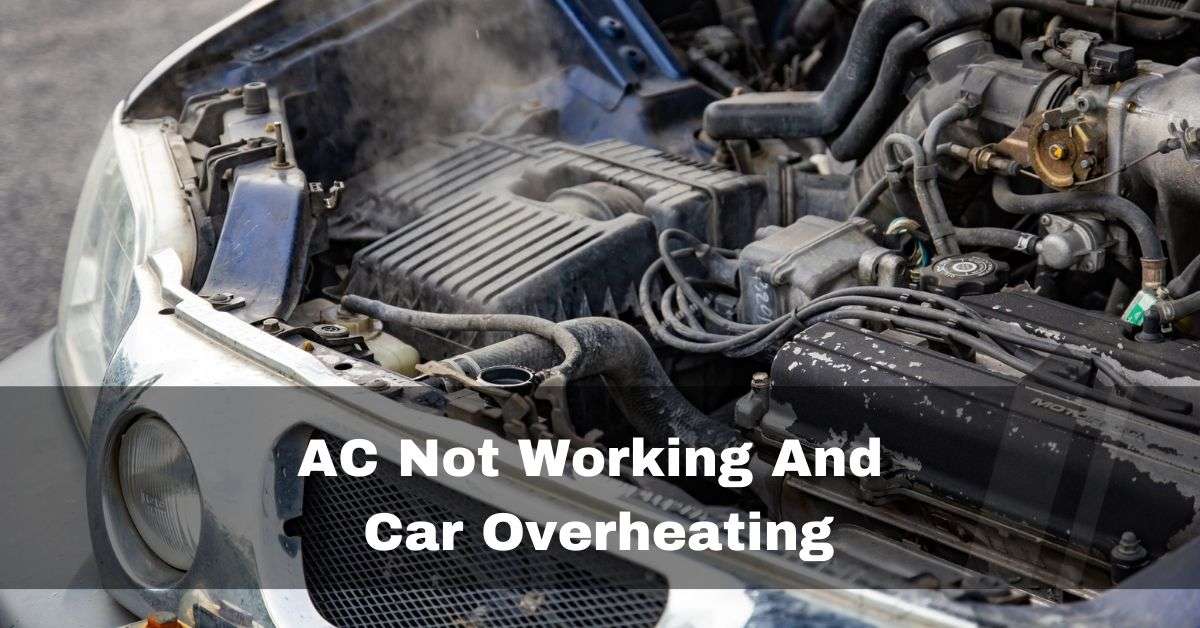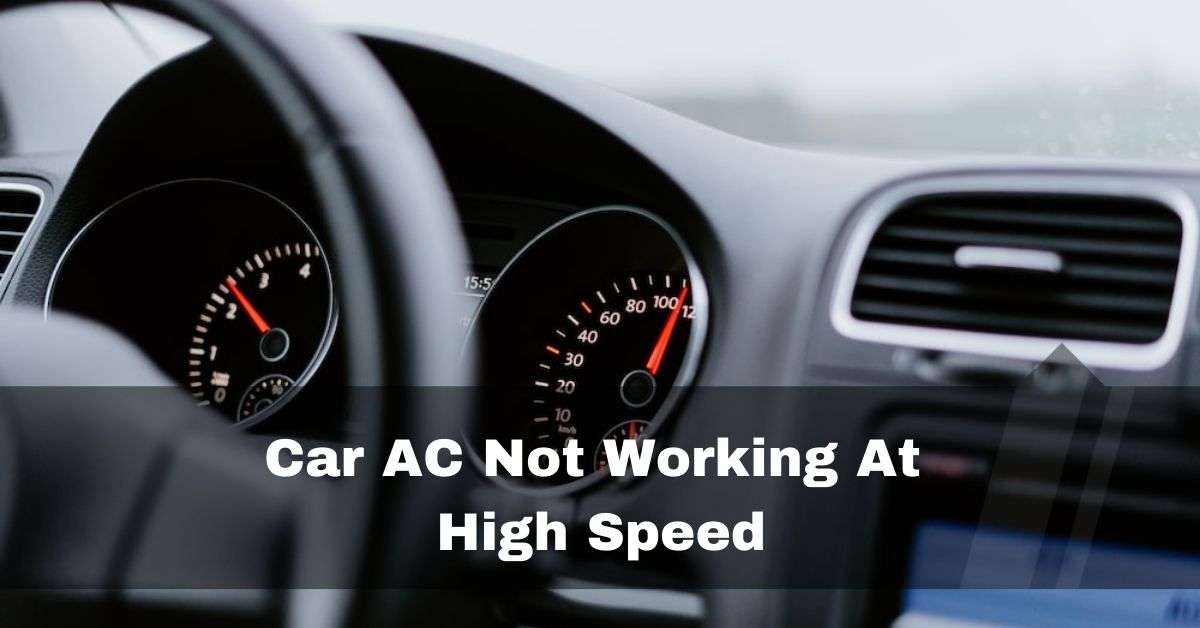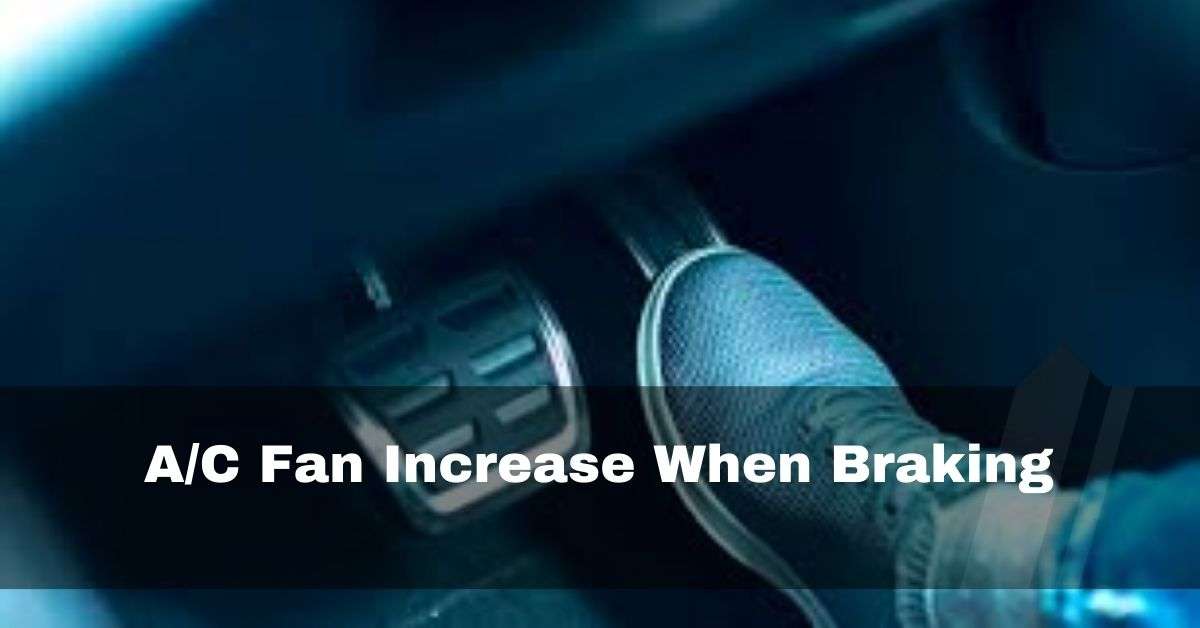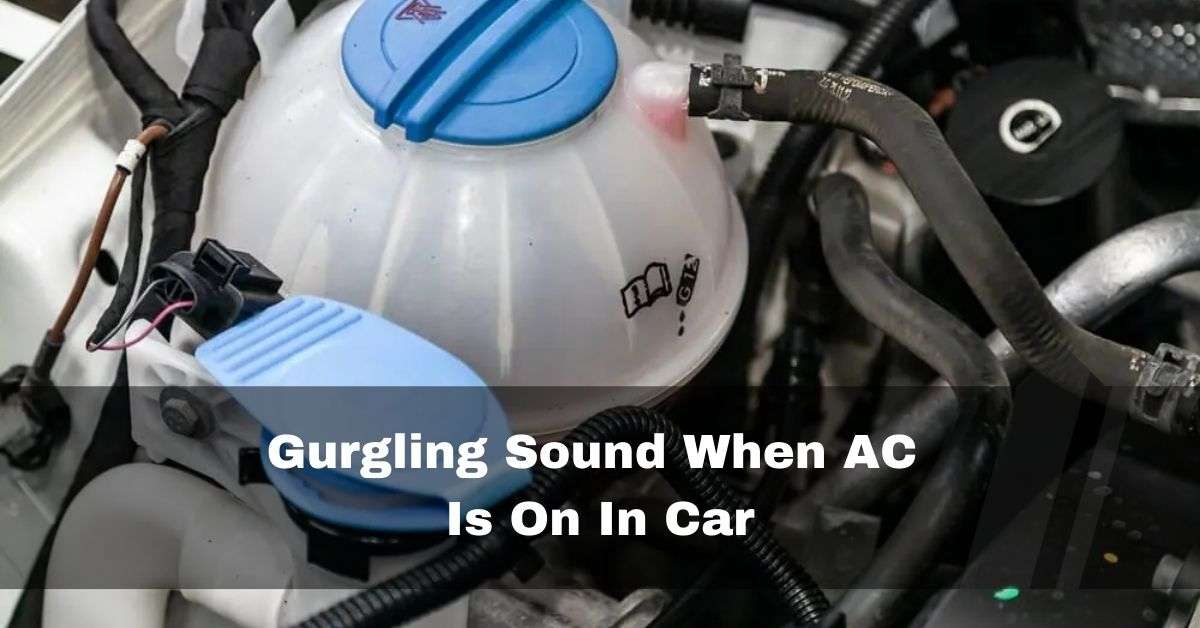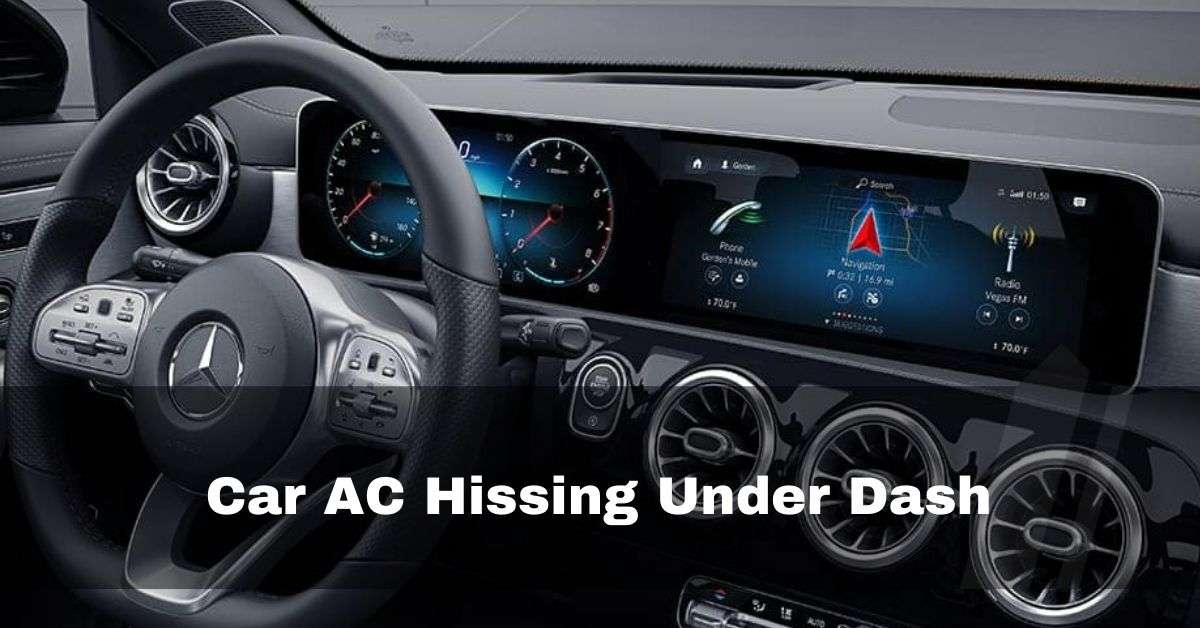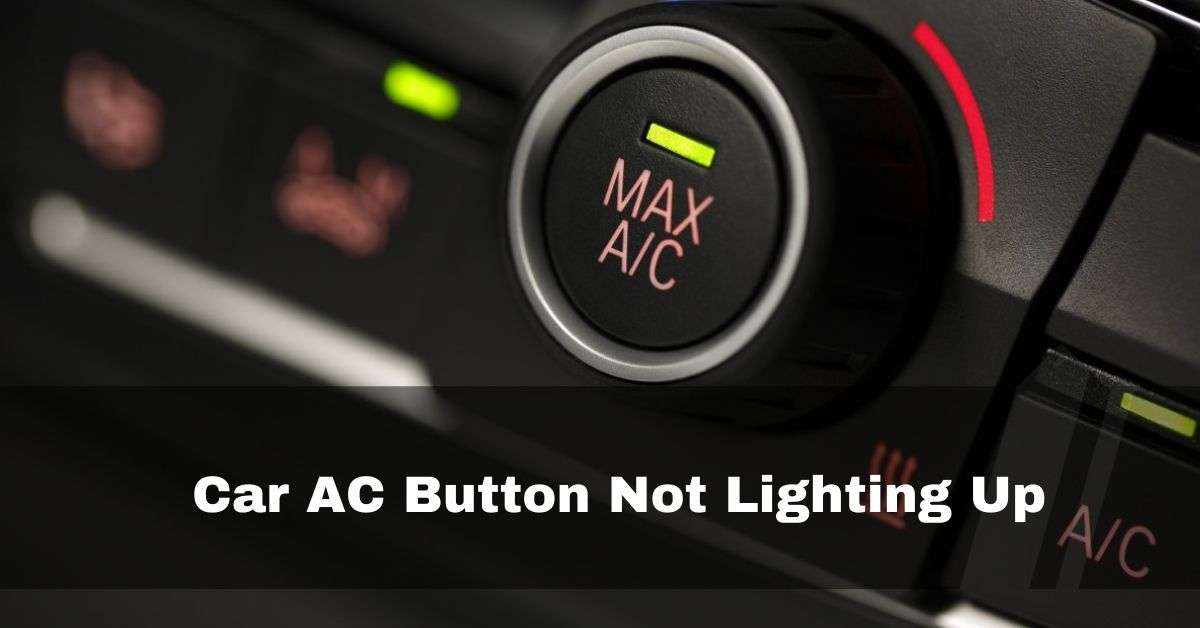A car’s engine is a complex system that relies on precise timing and coordination to function smoothly. When issues arise, they can lead to various problems, including misfires. One of the more perplexing situations that car owners may encounter is when their vehicle misfires, precisely when the air conditioning (AC) is turned on.
The AC compressor’s drag at idle may induce misfires. New plugs, ignition wires, distributor caps, carbon buildup, or clogged injectors might be causing similar issues.
This occurrence can be frustrating, but understanding the causes and implementing appropriate fixes can help ensure your vehicle operates seamlessly, even with the AC running.
Table of Contents
Why Does Car Misfire When AC Is On? Common Causes:
1. AC Compressor Drag:
Car misfires when ac is on while idling? The AC compressor starts working when the air conditioner is turned on, cooling the interior. However, there are drawbacks to using the compressor. The compressor adds to the engine’s workload, which may impact its performance, particularly at idle.

The extra strain from the compressor may make the engine labor and lead to a misfire. Since the engine speed is low when the car is idling, and any additional stress could cause combustion problems, this effect is frequently more apparent.
2. Electrical Glitches:
To operate at their best, modern vehicles rely substantially on their electrical systems. Performance issues with the wiring, such as frayed or corroded cables or sensor issues, might affect the engine. Misfires can be caused by erroneous signals to the engine control module, especially when the AC is turned on.
3. Dirty Or Faulty IAC Valve:
The Idle Air Control (IAC) valve limits the amount of air entering the engine when the throttle is closed to control the engine’s idle speed. The airflow may not be correctly regulated if the IAC valve gets dusty or breaks down, disturbing the air-fuel mixture needed for efficient combustion.

Misfires may result from this mismatch, especially when the AC runs, and the engine’s air demand fluctuates.
4. Vacuum Leak:
A vacuum leak develops when air enters the engine’s intake manifold through accidental apertures. It alters the exact air-fuel mixture that is necessary for effective combustion. Vacuum pressure is used in the AC system for several purposes. When the AC is turned on, misfires can occur due to irregular air-fuel mixture ratios caused by the engine or AC system vacuum leaks.
5. Spark Plug And Coil Issues:
The spark that ignites the fuel-air mixture in the combustion chamber is produced primarily by spark plugs and ignition coils. Weak sparks can result from worn or damaged spark plugs and coils, resulting in partial combustion and misfires. The higher electrical load when the AC is running puts more strain on the ignition system, which might worsen the problem.

6. Compressor-Related Problems:
The AC compressor’s interior components, including valves and refrigerant flow channels, make it a sophisticated piece of equipment. The functionality of the engine may be indirectly impacted if any of these parts fail or suffer damage. For instance, a malfunctioning compressor may change engine load and misfire when the AC system is turned on.
7. Faulty Compressor Clutch:
The AC compressor is engaged and disengaged via the compressor clutch. If the clutch is broken, it might not control engagement adequately, resulting in an uneven load distribution on the engine. Misfires may result from this unequal distribution, especially when running the AC system.

8. Throttle Body And Idle Air Control Blockage:
Over time, carbon buildup may develop in the idle air control valve and throttle body. This accumulation hinders airflow and prevents these components’ regular operation. As a result, when the AC is on, the engine’s idle speed may decrease, resulting in jerky idling and misfires.
9. Clogged Air Filter:
The air filter is in charge of removing impurities from the air before it enters the engine. An unbalanced air-fuel mixture results from a blocked air filter, which inhibits airflow. The engine requires more air when the AC is on, and a clogged air filter can worsen the problem and possibly lead to misfires.

10. Marginal Battery Health:
The engine’s ignition system and the AC compressor require electrical power, which a battery in poor condition struggles to supply. The battery’s limitations are more noticeable when the AC is on, which could result in misfires because of an inadequate power supply.

Car owners are more equipped to identify and fix AC-related misfires when they thoroughly understand these reasons. Without the help of a mechanic, you may restore your vehicle’s smooth performance by determining the root cause and making the necessary repairs.
How To Fix Car Misfires When AC Is On? Easy Fixes For You!
1. Alleviate AC Compressor Drag:
You can reduce AC compressor drag by slightly altering the engine’s idle speed. Find the idle speed control system, often next to the throttle body or the throttle screw. For information on the precise location and procedure for changing the idle speed, consult the owner’s manual for your car.

2. Clean Dirty, Or Faulty IAC Valve:
Locate the Idle Air Control (IAC) valve first; it is frequently found on the throttle body. Remove the IAC valve carefully, then clean it with a throttle body cleaner. Scrub any dirt or carbon deposits gently. Reassemble the IAC valve after cleaning. Consider replacing the IAC valve with a new one if cleaning doesn’t fix the problem.
3. Inspect Vacuum Leak:
Check all vacuum lines for damage, cracks, or loose connections. Any broken connections or lines should be replaced. Use the proper tools, such as silicone sealant or rubber vacuum line connectors, to stop leaks.

4. Resolve Spark Plug And Coil Issues:
Start by unplugging the battery’s negative terminal. Utilizing a spark plug socket, remove the old spark plugs and swap them out for new ones with the same specs. Find and remove defective ignition coils, usually held in place by a few bolts. Replace with fresh coils, then firmly fasten them. According to your vehicle’s manual, ensure the new spark plugs are correctly gapped.
5. Fix Compressor-Related Problems:
Consult a qualified AC technician if you believe the AC compressor may be malfunctioning. Due to their complexity, diagnostic and repair procedures for compressor issues frequently require specialist equipment and knowledge. For this specific problem, it is advised to seek professional treatment.

6. Inspect Electrical Glitches:
Check all the wire connections for corrosion, damage, or loose connections. Replace or carefully secure any damaged wires if you discover any problems. Make sure all connections are seated correctly and are held in place.
7. Replace Faulty Compressor Clutch:
The compressor clutch replacement is a more difficult task requiring specialist tools. You can unplug the battery, remove the serpentine belt, and remove the old compressor clutch if you’re confident in your mechanical abilities. Reassemble the components after replacing the compressor clutch. It’s best to seek professional advice if you need more clarification.

8. Fix Throttle Body and Idle Air Control Blockage:
For instructions on how to precisely remove the throttle body and idle air control valve, refer to your vehicle’s handbook. Both parts should be cleaned with a throttle body cleaner to remove carbon buildup. Take care not to harm any fragile components. Reassemble the parts after cleaning them with your vehicle’s manual.
9. Clean Clogged Air Filter:
Carefully remove the old air filter by opening the air filter housing. Change it out for a new one that is appropriate for your car. Ensure the new filter is securely seated in the housing before closing it.

10. Change Marginal Battery Health:
Start by unplugging the battery’s negative terminal. Replace the outdated battery with a fresh one that meets the exact requirements. Before attaching the negative terminal, thoroughly clean the battery terminals and cable connectors.
These do-it-yourself remedies each target particular root causes of misfires when the AC is running. However, it’s crucial to approach these activities cautiously and only to take on these challenges if you feel confident in your mechanical abilities.
To avoid causing more harm or creating safety risks, it is advisable to seek the advice of a qualified mechanic if you ever have questions or run into problems.
FAQs:
1. Can A Misfire Affect The AC?
Actually, Yes. A rough idle and drivability issues will result from a severe sparkplug misfire. As a result, the A/C compressor won’t be able to run at a steady output, potentially reducing cooling capacity.
2. Can Car AC Affect Engine Performance?
It does, indeed. The engine runs the AC, which adds additional load and increases fuel consumption. However, it will use less fuel than driving with the windows down at low speeds.
3. Does AC Weaken The Car Engine?
You can observe a slight rise in engine RPM when the AC system activates. There is no doubt that the system depletes your engine’s horsepower when it is turned on since, according to Your Mechanic, the car does this to balance the power taken by the AC system.
Conclusion:
Misfires that occur when the AC is running might need to be clarified. Still, by identifying the various causes and using the appropriate fixes, you can get your car running smoothly once again. You can ensure your engine runs without a hitch even while the AC is turned on by handling problems with the AC compressor load, ignition system parts, vacuum leaks, and more. These do-it-yourself fixes allow car owners to deal with malfunctions head-on, encouraging a more pleasurable and stress-free driving experience.

